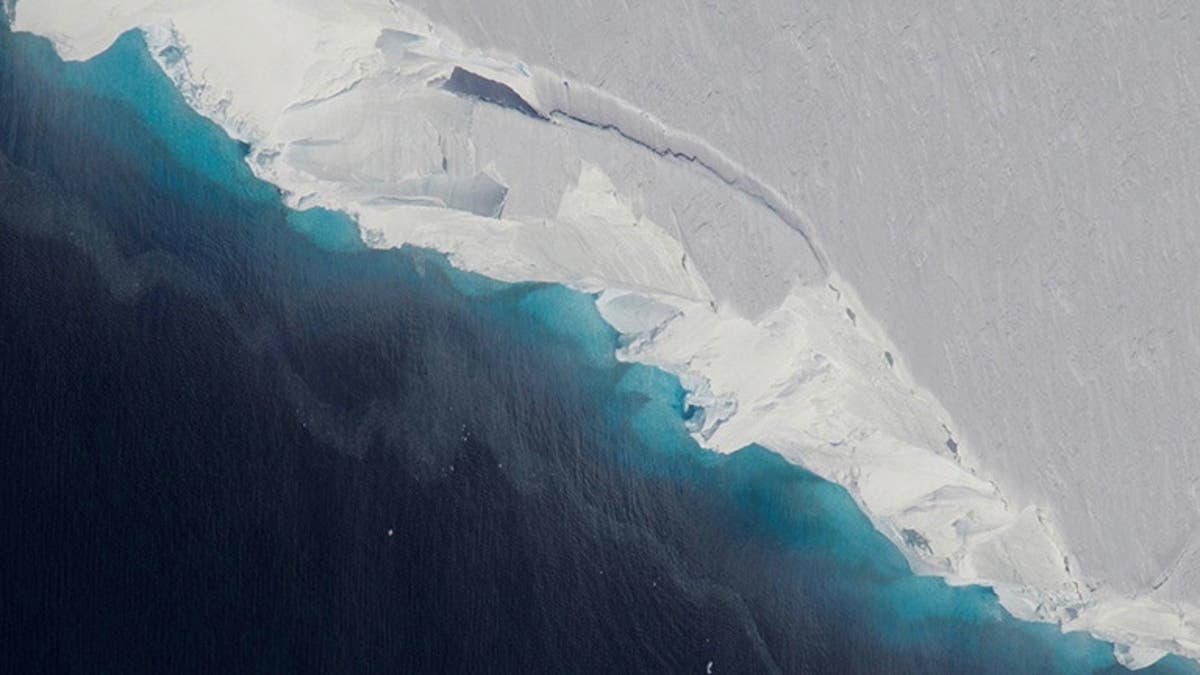
While Antarctica’s “Doomsday Glacier” is still headed for catastrophe as the Earth warms, scientists said this week that some expected worst-case scenarios could be unlikely this century. Dr Robert Larter, who is a British Antarctic Survey (BAS) marine geophysicist, told Science on Thursday that the possibility the front of the Thwaites Glacier could collapse is “not the huge monster it might have been 10 years ago.” Larter is one of 100 members of the International Thwaites Glacier Collaboration (ITGC), a group that monitors and probes the ice .
The ITGC gathered in England this week for its final meeting. In coming decades, the Thwaites Glacier will continue to lose ice, through melting, evaporation, and pieces breaking off. But, it won’t entirely collapse, the report said.

If that were to happen, global sea levels would rise by over two feet . Sea levels rising between two and three feet would put more than 97 million people in the path of expanding flood areas, according to the University of Chicago’s Energy Policy Institute. That threat is how Thwaites earned its nickname.
Right now, the glacier’s ice loss contributes to around four percent of all global sea level rise. Although the glacier is replenished through snowfall , and glaciers generally accumulate more snow than they lose, the Thwaites Glacier is losing around 50 billion tons more ice than it is receiving from snowfall. To put the glacier’s loss in perspective, one billion tons of ice is equivalent to 10,000 fully loaded U.
S. aircraft carriers. This process is known by scientists as “retreat.
“ A minuscule part of the West Antarctic ice sheet, the glacier is located 7,000 miles to the south of the western US. The widest glacier on Earth, it spans across 74,000 miles and extends thousands of feet below the Southern Ocean’s surface. It’s just about the same size as the state of Florida.
Still, the BAS, a UK national polar research institute, warned Friday of a “grim outlook” for the glacier. Its retreat is expected to accelerate “further and faster” within the next century. “There is a consensus that Thwaites Glacier retreat will accelerate sometime within the next century,” Larter said in a statement.
“However, there is also concern that additional processes revealed by recent studies, which are not yet well enough studied to be incorporated into large scale models, could cause retreat to accelerate sooner.” Much of the glacier and the sheet could be lost by the 23rd century, the BAS said. “ Immediate and sustained climate intervention will have a positive effect, but a delayed one, particularly in moderating the delivery of warm deep ocean water that is the main driver of retreat,” said Dr Ted Scambos, an ITGC US science coordinator and glaciologist at the University of Colorado.
Earlier in the year, scientists said seawater surrounding the Thwaites Glacier was contributing to its “vigorous melting.” The Independent will be revealing its Climate100 List next week and hosting an event in New York, which can be attended online..














